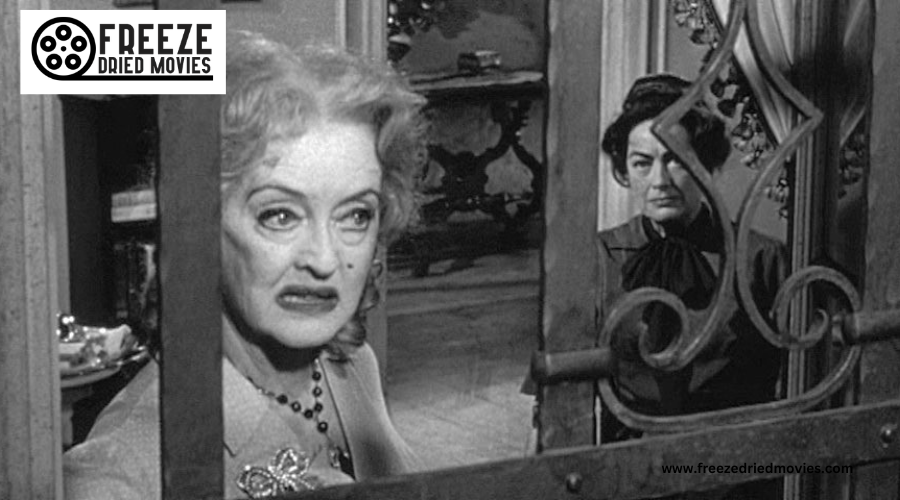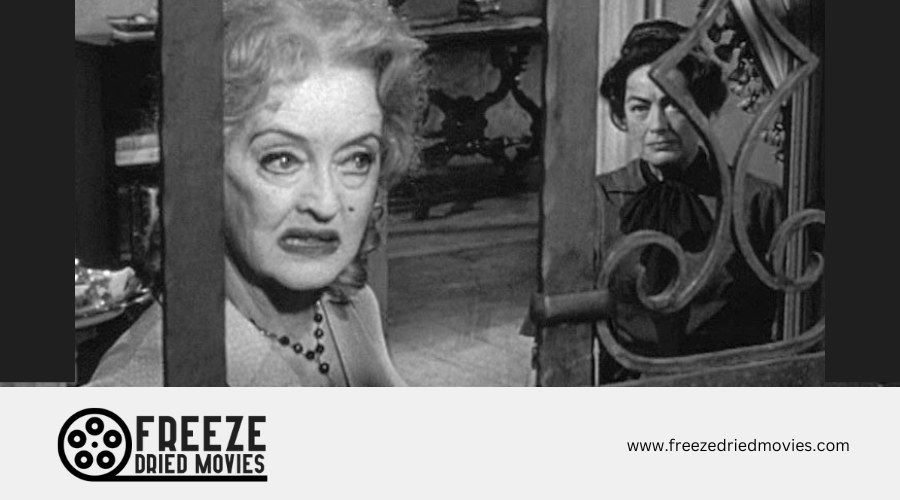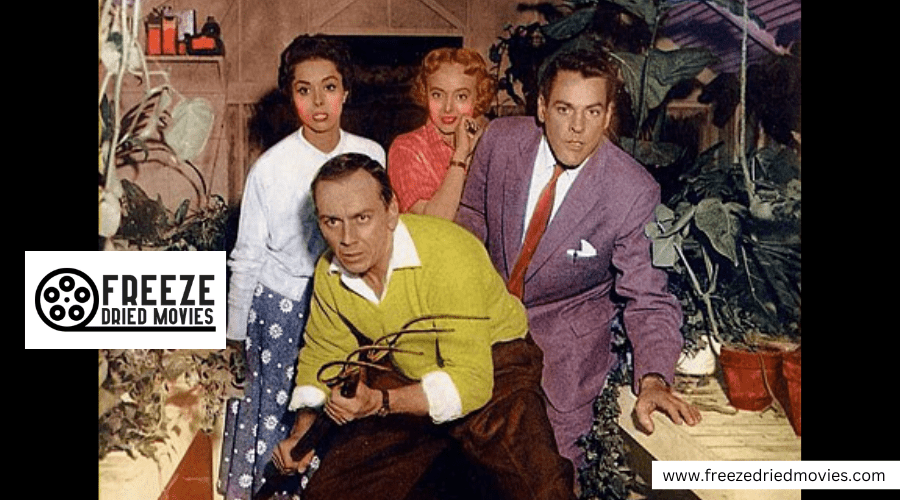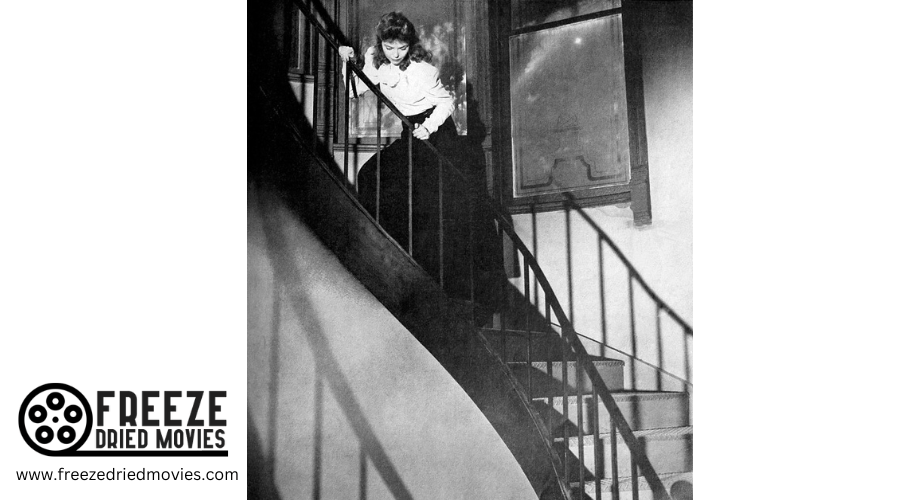Which Movies Top Rotten Tomatoes' List of the Scariest Horror Movies Ever?

While Rotten Tomatoes doesn't have an official "scariest ever" list, critical darlings like "Hereditary" (95%) and "The Shining" (84%) consistently rank among the most terrifying. "The Exorcist" remains influential with its nine Oscar nominations, while "The Conjuring" launched a $2 billion franchise that redefined supernatural horror. "The Texas Chainsaw Massacre" continues to disturb with its raw, documentary-like approach. These films set the standard for what truly gets under your skin.
Key Takeaways
- "Hereditary" stands among the top-rated horror films with a 95% Rotten Tomatoes score.
- "The Shining" holds a strong 84% rating on Rotten Tomatoes for its psychological terror.
- "The Exorcist" frequently tops scariest films lists with its enduring religious horror and Academy recognition.
- "The Conjuring" revitalized supernatural horror with critical acclaim and commercial success.
- "The Texas Chainsaw Massacre" ranks high for its raw, documentary-style approach to slasher horror.
The Legacy of "The Exorcist" and Its Enduring Terror
Few horror films have stood up to the test of time like "The Exorcist," which continues to terrify viewers nearly five decades after its release. As the highest-grossing R-rated horror film ever ($441.3 million globally), it earned nine Academy Award nominations, including Best Picture.
What makes "The Exorcist" so enduringly frightening isn't just its shocking scenes of demonic possession that once caused mass hysteria, with audiences fainting and vomiting in theaters. It's the film's masterful blend of visceral horror, psychological dread, and religious themes that creates an atmosphere of unrelenting terror.
Despite its dramatic pacing and dated special effects by today's standards, the realistic portrayal of the battle between good and evil remains profoundly disturbing. Its influence on horror cinema is immeasurable, establishing new genre standards and cementing its reputation as one of the most influential horror films ever made. The movie emerged during the 1970s when there was a supernatural film landscape thriving with occult themes that capitalized on societal fears.
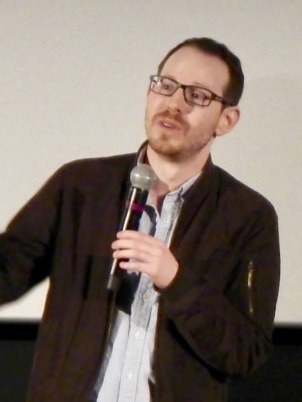
Ari Aster's "Hereditary": Modern Horror That Gets Under Your Skin
When Ari Aster released "Hereditary" in 2018, he delivered what many critics consider the most haunting horror film of the decade. With a remarkable 95% on Rotten Tomatoes, this modern horror masterpiece transcends typical genre constraints by weaving psychological horror with intense family drama.
You'll find yourself utterly captivated by Toni Collette's devastating portrayal of a mother consumed by grief and loss. Rather than relying on cheap jump scares, Aster builds an atmosphere of creeping dread that burrows under your skin and stays there.
"Hereditary" stands apart in its unflinching exploration of sinister family dynamics and trauma. The film's shocking mid-point twist became instantly notorious, cementing Aster's reputation as a bold new voice redefining what horror films can accomplish in the contemporary era. Much like how Rosemary's Baby (1968) shifted horror's focus to psychological terror in ordinary settings, Aster's film proves that the most terrifying threats can emerge from within family structures.

The Conjuring Universe: How James Wan Redefined Supernatural Horror
James Wan's groundbreaking film "The Conjuring" (2013) ushered in a new golden age of supernatural horror that continues to haunt audiences worldwide. By expertly balancing jump scares with atmospheric dread, Wan revitalized the haunted house and possession subgenres that had grown stale.
The franchise has since expanded into the "Conjuring Universe," generating over $2 billion globally through sequels and spinoffs like Annabelle. Wan's innovative camera work and meticulous sound design have influenced countless horror filmmakers, cementing his approach as the new template for effective supernatural horror.
You'll notice how the film's success stems from its based-on-true-events approach, following real-life paranormal investigators Ed and Lorraine Warren (portrayed by Patrick Wilson and Vera Farmiga). Wan's commitment to practical effects over CGI creates a tangible terror that feels uncomfortably authentic. Much like Roger Corman's approach, Wan proved that creativity and narrative strength, rather than excessive budgets, are the true foundations of memorable horror filmmaking.

Stanley Kubrick's "The Shining": Psychological Horror at Its Finest
Unlike James Wan's supernatural approach, Stanley Kubrick's masterpiece "The Shining" (1980) explores psychological terror that lingers in viewers' minds long after the credits roll. Earning an 84% on Rotten Tomatoes, this adaptation of Stephen King's novel has become one of horror's most influential works.
You'll be mesmerized by Jack Nicholson's chilling portrayal of Jack Torrance's descent into madness, set against the disorienting corridors of the Overlook Hotel. Kubrick's meticulous production design and innovative cinematography create a slow-burning atmosphere of dread and isolation that subverts traditional horror tropes.
Rather than relying on jump scares, the film investigates the dark recesses of the human psyche. Decades later, its enigmatic ending and ambiguous details continue to inspire countless analyses and interpretations from captivated audiences. Similar to Hitchcock's work in Psycho, Kubrick's mastery of suspense turns watching The Shining into a thrilling psychological experience where the viewer becomes a participant in the narrative.
Raw Terror: Why "The Texas Chainsaw Massacre" Still Disturbs Viewers
While Kubrick's "The Shining" unsettles through psychological means, Tobe Hooper's "The Texas Chainsaw Massacre" (1974) shocks with its raw, visceral approach to horror. Drawing loose inspiration from Ed Gein's crimes, the film achieves a disturbing authenticity that continues to haunt viewers decades later.
Gunnar Hansen's portrayal of the hulking Leatherface and his infamous chainsaw created the blueprint for countless horror villains. Rather than relying on explicit gore, the film builds dread through suggestion and atmosphere.
Its documentary-like quality—achieved through handheld camerawork and natural lighting—makes the terror feel immediate and real.
Despite numerous franchise revivals, the original remains the most influential entry, setting an uncompromising standard for slasher films with its gritty, realistic approach that makes you feel like you're witnessing something you shouldn't.
Cultural Impact: How These Films Changed the Horror Landscape
Beyond mere entertainment, these landmark horror films fundamentally reshaped cinema's dark corners. When "The Exorcist" earned a Best Picture nomination, it elevated horror from B-movie status to artistic legitimacy. You can trace Stanley Kubrick's meticulous craftsmanship in "The Shining" through decades of psychological horror that followed.
Tobe Hooper's "The Texas Chainsaw Massacre" didn't just introduce realistic gore—it created the template for unstoppable killers that would dominate slashers for generations. More recently, "The Conjuring" proved paranormal investigations could anchor entire cinematic universes, while Ari Aster's "Hereditary" demonstrated how contemporary horror can explore grief with sophisticated emotional depth.
These five films didn't just scare audiences—they transformed how filmmakers approach horror, expanding the genre's artistic possibilities while cementing its commercial viability.
What Makes These Films Stand the Test of Time in the Horror Genre
Why do certain horror films continue to terrify audiences decades after their release? The answer lies in their masterful execution of horror fundamentals. The Exorcist captivates through its dramatic pacing and chilling subject matter, creating scenes that haunt viewers long after viewing.
Hereditary's slow-burn approach and emotional depth elevate it beyond typical scares. The Conjuring breathes new life into familiar tropes by anchoring supernatural elements in believable characters.
The Shining's impressive set pieces and crawling atmosphere showcase Kubrick's meticulous attention to detail, while Halloween introduced slasher conventions that defined the horror genre for generations. These films transcend their eras because they don't merely startle—they burrow into your psyche, exploiting universal fears through exceptional storytelling rather than relying on fleeting shock value.

